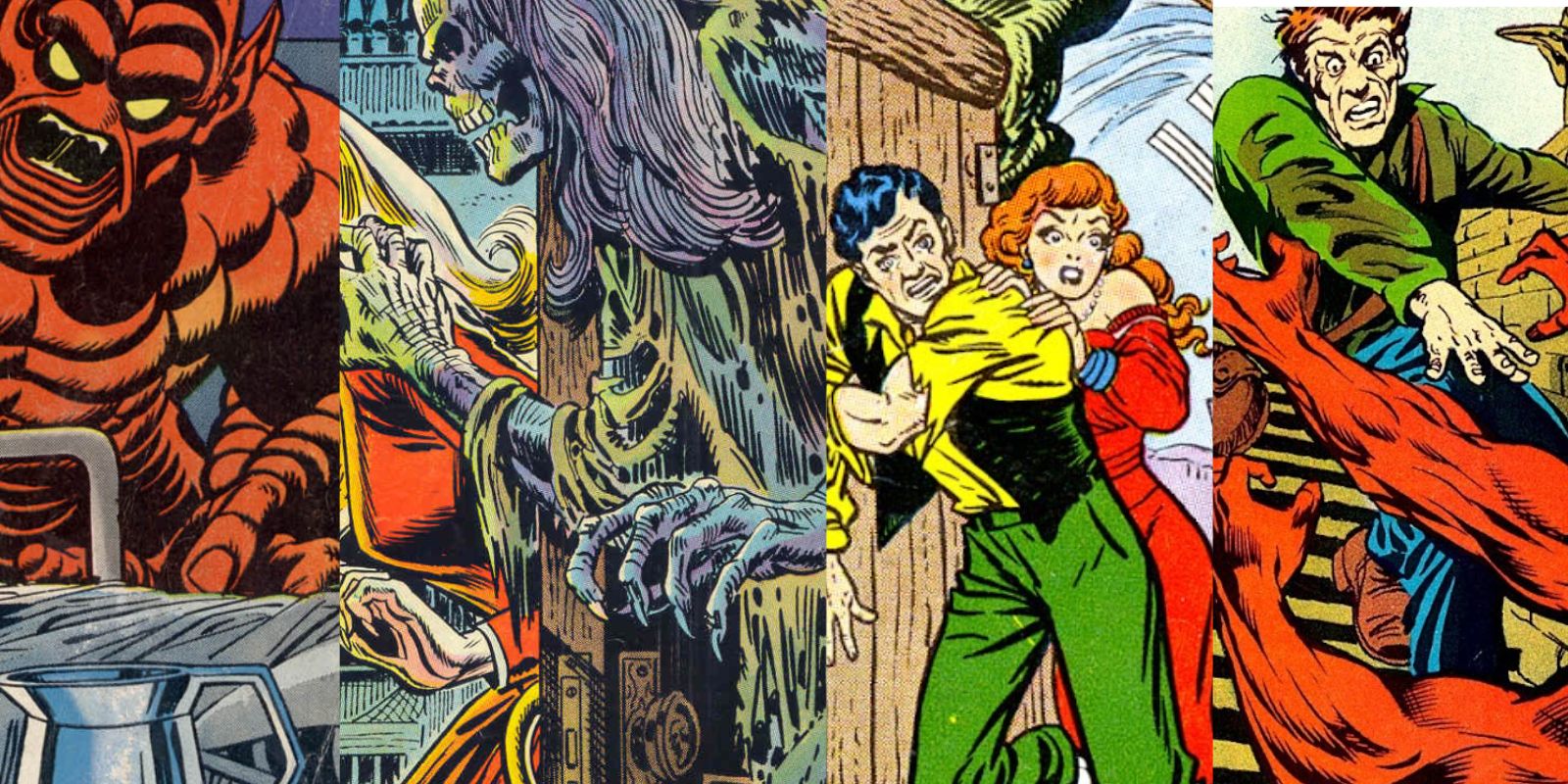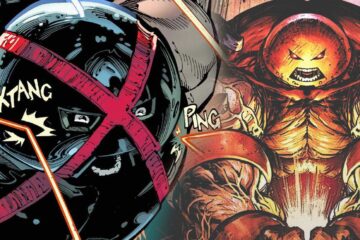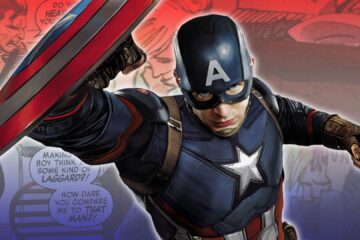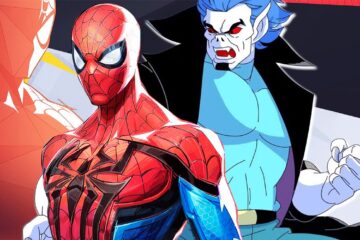Marvel Comics is known best for its legendary line-up of superheroes. Captain America, the Fantastic Four, the X-Men, Iron Man, and countless other heroes line the vaunted halls of the venerable publisher. Through these heroes, Marvel has produced some of the most thrilling and exciting stories in comic book history, but there was a long period of time in which the House of Ideas wasn’t overflowing with superheroes. There was a time when not only were such characters out of fashion, but the entire fate of what would become Marvel Comics rested on stories that dwelled in genres far removed from the world of heroes.The history of the companies that would eventually become Marvel Comics is long and complicated, full of contradicting accounts and memories, and is a timeline flush with outstanding highs and soul-crushing lows. During this era, the publisher focused on genres that drew a large amount of ire and notoriety from certain circles, and published material that was deemed harmful to children. As the popularity of superheroes waned, it was horror and science fiction of the most outlandish caliber that helped keep Marvel alive.To best understand how Marvel Comics became so inundated with horror and science fiction anthologies in the 1950s (and how they revitalized those books in the 1970s), it’s necessary to walk back in time. Superhero comics debuted in the 1930s during the Great Depression as cheap and easily available entertainment. While the progenitors of the superhero genre (Mandrake the Magician and Doc Savage) were evolutions of the classic pulp fiction serials popularized in the 1920s, the superheroes of today were born in the latter half of the ‘30s. Characters such as the Human Torch, the Sub-Mariner, Superman, and more began to appear in what is known as the Golden Age of Comics. This was the beginning of it all, and with World War II rocking the world, superheroes became vital sources of entertainment and morale.RELATED: Marvel Has a Great Reason to Resurrect Horror Anthologies
Marvel Comics is known best for its legendary line-up of superheroes. Captain America, the Fantastic Four, the X-Men, Iron Man, and countless other heroes line the vaunted halls of the venerable publisher. Through these heroes, Marvel has produced some of the most thrilling and exciting stories in comic book history, but there was a long period of time in which the House of Ideas wasn’t overflowing with superheroes. There was a time when not only were such characters out of fashion, but the entire fate of what would become Marvel Comics rested on stories that dwelled in genres far removed from the world of heroes.
The history of the companies that would eventually become Marvel Comics is long and complicated, full of contradicting accounts and memories, and is a timeline flush with outstanding highs and soul-crushing lows. During this era, the publisher focused on genres that drew a large amount of ire and notoriety from certain circles, and published material that was deemed harmful to children. As the popularity of superheroes waned, it was horror and science fiction of the most outlandish caliber that helped keep Marvel alive.
To best understand how Marvel Comics became so inundated with horror and science fiction anthologies in the 1950s (and how they revitalized those books in the 1970s), it’s necessary to walk back in time. Superhero comics debuted in the 1930s during the Great Depression as cheap and easily available entertainment. While the progenitors of the superhero genre (Mandrake the Magician and Doc Savage) were evolutions of the classic pulp fiction serials popularized in the 1920s, the superheroes of today were born in the latter half of the ‘30s. Characters such as the Human Torch, the Sub-Mariner, Superman, and more began to appear in what is known as the Golden Age of Comics. This was the beginning of it all, and with World War II rocking the world, superheroes became vital sources of entertainment and morale.
#Complete #Guide #Marvel #Horror #Comics
Note:- (Not all news on the site expresses the point of view of the site, but we transmit this news automatically and translate it through programmatic technology on the site and not from a human editor. The content is auto-generated from a syndicated feed.))



